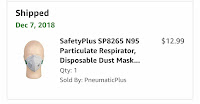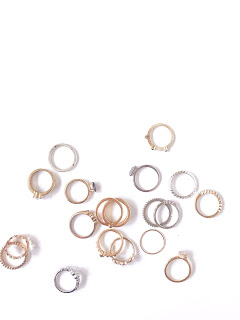Some new ideas for sourdough
 |
| This is called a "Dutch Baby" but my Dutch husband has never heard of this. |
I was doing some more research on sourdough and ran across a recipe for this baked pancake.
I found it here. I fed my starter an extra helping of water and flour last night, and left it on the counter for several hours so I'd have a good strong starter for this morning, as the recipe calls for two cups of starter and you can't use your whole stash of starter on one recipe. You have to leave some behind for your future use.
I think the six tablespoons of butter were a bit excessive and will cut it down to around four next time I make this. My first effort was not as pretty as the picture you'll see if you click on the link, but it was quite delicious. It was puffy and custardy and delicious with a little honey drizzled on top. If you like bread pudding, you'll like this. I also fried up some leftover Thanksgiving ham for my son the carnivore.
I had not used my big cast iron skillet for some time because I now have a smooth-top range -- a cast iron skillet is too apt to scratch the cooking surface. When I dug it out of storage it was in bad shape. I had to scour off the rust and re-season it, but it worked quite well.
If you're going to go to the trouble of making a starter from scratch, it's good to find ways to use it. Besides this morning's pancake, I also made a loaf of bread and sourdough pizza (topped with barbequed Thanksgiving turkey) and the crust was the best part.
My new way to bake sourdough bread -- which would work with just about any bread recipe -- is to form the dough into a round and place it inside a covered casserole dish for the first half of baking time, then to turn the loaf out of the dish to brown. You get a nice crust that is as close as you can get to European-style perfection without installing a steam-injection oven. I would like to try a cloche -- but darn those things are pricey. So after looking at them, I decided to see how close I could get with a covered casserole dish rather than a clay cloche. I have a covered pottery piece I purchased for probably a buck at Peoria's Moss Avenue sale a couple of years ago. I greased it, plopped in the dough, let it rise, slashed the top, and set oven to 425. I baked it about 20 minutes, then flipped it onto a cooling rack and put the cooling rack right into the oven so the entire loaf could brown. My Dutch hubby declared it to be the very best bread I've ever made for him, and that's saying quite a lot. He even said it would compare favorably to bread actually made in Europe. High praise indeed, and if you've ever had bread baked in France or the Netherlands, you know what I mean.
Recipes using the cloche disagree as to whether one should or should not soak the cloche in water before using it. Some say to pour a bit of water over the bread just before baking. Some say to preheat the bread and others say to put the cloche into the cold oven and then turn it on. Some say to proof bread in the cloche or while others say to preheat the cloche and pop the dough into the hot cloche just before baking. I'll be experimenting a lot, but I will say that putting the bread into the casserole dish to rise, then putting the covered dish into the hot oven worked very well. I did put in a tiny bit of water, just to be sure steam would form inside the dish. My dish is glazed and purists would insist on an unglazed material. Obviously it's pointless to soak a glazed ceramic dish in water. But ... the bread was nothing short of amazing.
I'll continue making great use of my sourdough starter!
Anybody who wants to buy me an unglazed cloche for Christmas will get a few loaves of very good bread in return!


Comments
Post a Comment